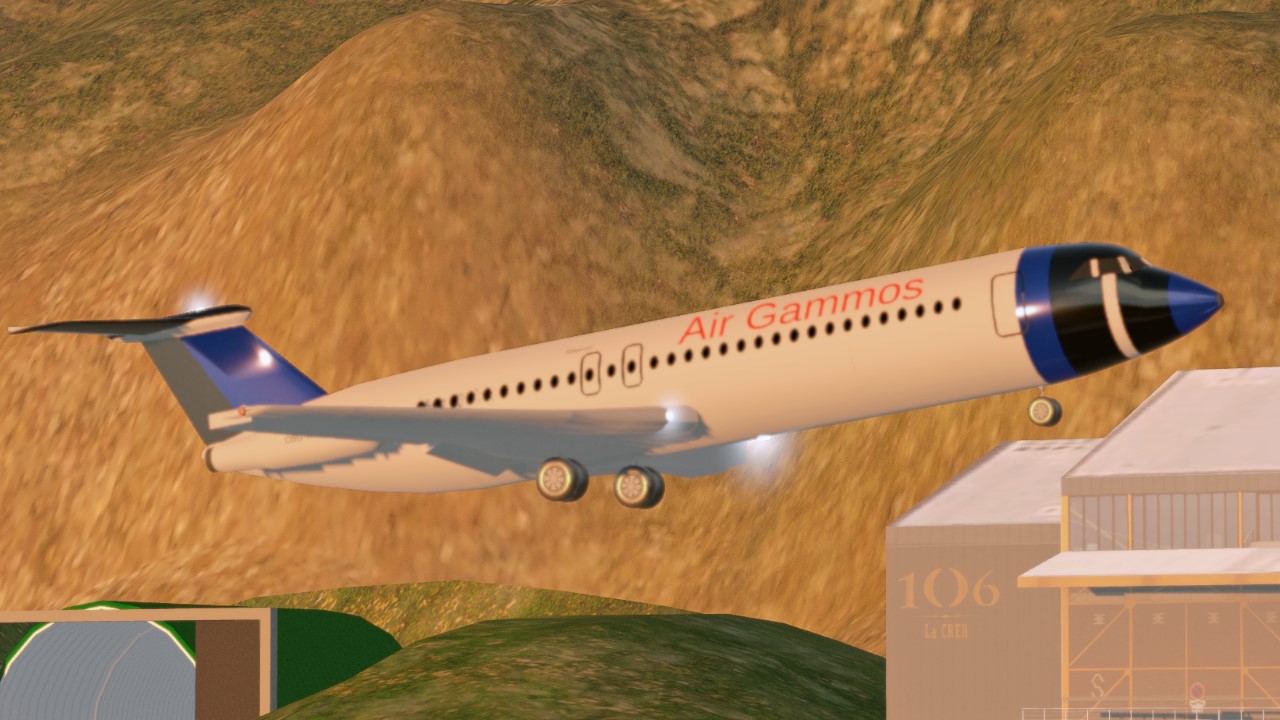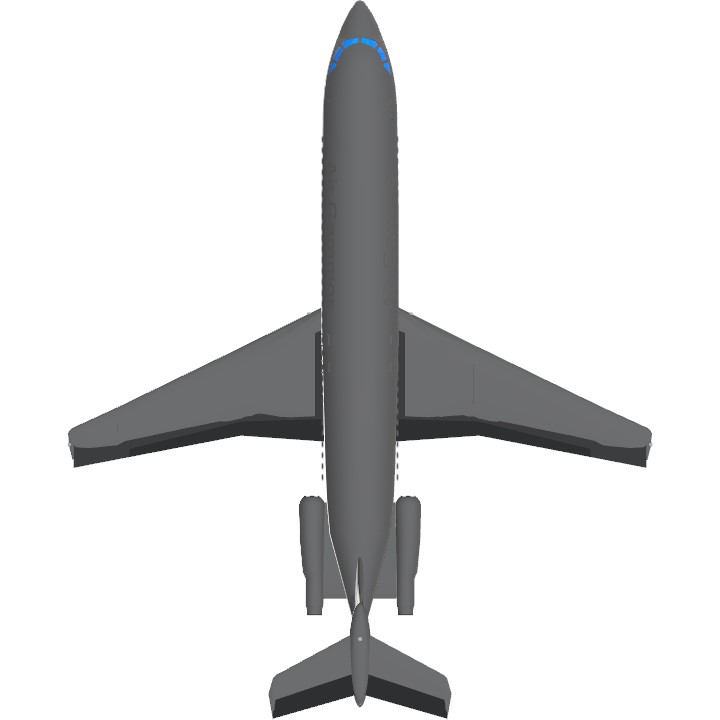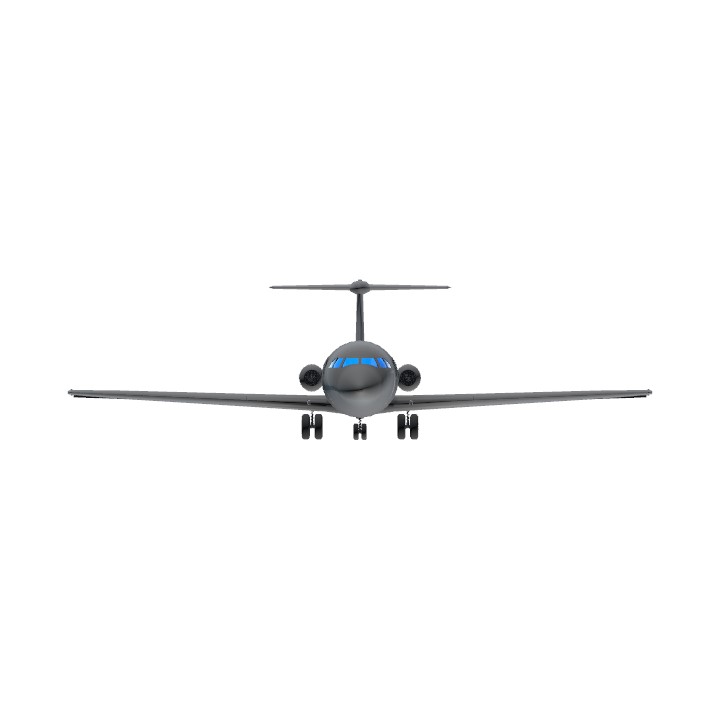Two Liveries In 12 Minutes ONLY!?!?!?!?!?!
I have a craving for air gammos
About Air Gammos
Air Gammos, founded on December 18, 1934, by visionary entrepreneur Laren Cjeron, pioneered aviation in Asteania. Headquartered in Sjonninkara, Air Gammos' humble beginnings paved the way for greatness. Initially operating with a single Boeing 247, delivered on December 28, 1934, the airline expanded rapidly. Laren Cjeron's leadership and innovative spirit drove Air Gammos' success. By 1937, Air Gammos linked Sjonninkara to major Asteanian cities. International routes followed, connecting Asteania to neighboring nations. Air Gammos' fleet grew, introducing Douglas DC-3s and DC-4s. Post-WWII, the airline resumed services, modernizing infrastructure. In 1952, Air Gammos introduced its signature golden wing logo. The 1960s saw jet-powered aircraft, like Boeing 707s, join the fleet. Transcontinental flights commenced, solidifying Air Gammos' global presence. Laren Cjeron retired in 1970, passing leadership to his protégé, Arin Vexar. Air Gammos continued innovating, adopting advanced technology. In 1985, the airline launched its loyalty program, Golden Wings Club. Air Gammos expanded into cargo services and charter operations. Throughout the 1990s, the fleet modernized with Airbus A320s and Boeing 737s. In 2001, Air Gammos joined the Sky Alliance network. Enhanced in-flight entertainment and amenities followed. Air Gammos celebrated 75 years in 2009 with commemorative flights. Laren Cjeron's legacy was honored with a Sjonninkara airport terminal renaming. Air Gammos invested in sustainable aviation fuels and eco-friendly practices. In 2015, the airline unveiled its sleek, silver-and-gold livery. Air Gammos entered the digital age with mobile check-in and apps. Today, Air Gammos operates a diverse fleet, serving destinations worldwide. As Asteania's flagship carrier, Air Gammos embodies national pride. With a strong legacy and forward-thinking approach, Air Gammos soars into the future. Laren Cjeron's pioneering spirit continues guiding the airline. Air Gammos remains committed to exceptional service and passenger experience. With a rich history and bright horizon, Air Gammos excels as a global aviation leader.
About The Bac-1-11
The BAC One-Eleven (or BAC-111/BAC 1-11) is an early jet airliner produced by the British Aircraft Corporation (BAC). Originally conceived by Hunting Aircraft as a 30-seat jet, before its merger into BAC in 1960, it was launched as an 80-seat airliner with a British United Airways (BUA) order on 9 May 1961. The prototype conducted its maiden flight on 20 August 1963, and it was first delivered to BUA on 22 January 1965. The 119-seat, stretched 500 series was introduced in 1967. Total production amounted to 244 until 1982 in the United Kingdom and between 1982 and 1989 in Romania where nine Rombac One-Elevens were licence-built by Romaero.
The short haul, narrowbody aircraft was powered by aft-mounted Rolls-Royce Spey low-bypass turbofans, a configuration similar to the earlier Sud Aviation Caravelle and later Douglas DC-9. It competed with early Boeing 737 variants and was used by multiple British, European and US airlines, including Romanian operators. It was replaced by the newer Airbus A320 and later 737 variants, as well as by the Bombardier CRJ200 regional jet. Noise restrictions accelerated its transition to African carriers in the 1990s, and the last BAC One-Eleven was retired in 2019.
Specifications
General Characteristics
- Predecessor BAC One Eleven
- Created On Windows
- Wingspan 74.4ft (22.7m)
- Length 91.7ft (28.0m)
- Height 20.4ft (6.2m)
- Empty Weight N/A
- Loaded Weight 29,091lbs (13,195kg)
Performance
- Power/Weight Ratio 0.695
- Wing Loading 43.8lbs/ft2 (213.8kg/m2)
- Wing Area 664.3ft2 (61.7m2)
- Drag Points 1961
Parts
- Number of Parts 166
- Control Surfaces 7
- Performance Cost 742





45 dowloads only a few hours is crazy